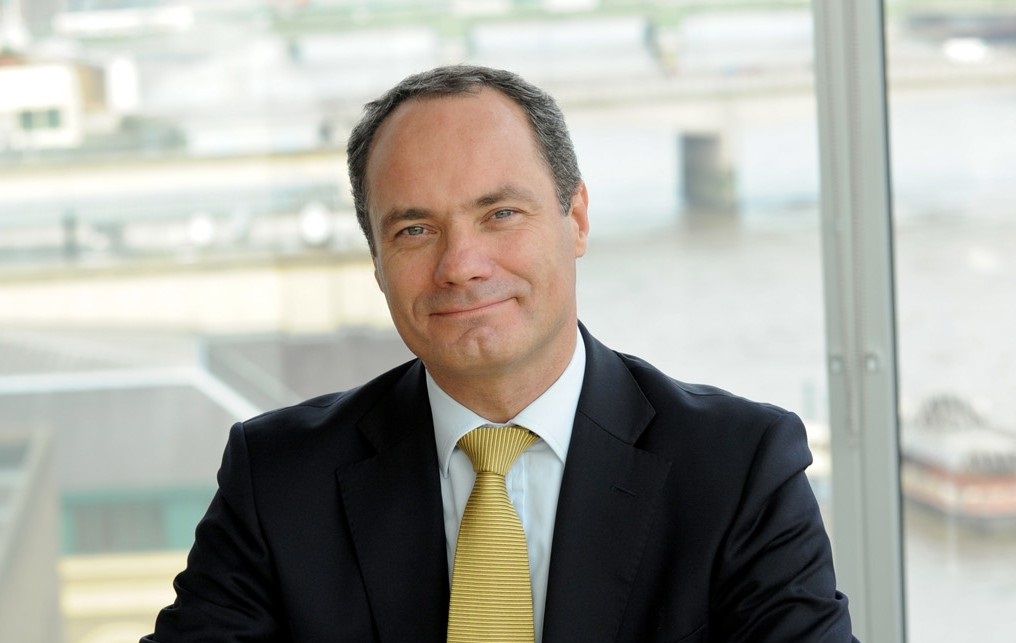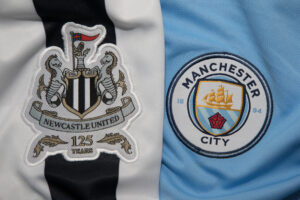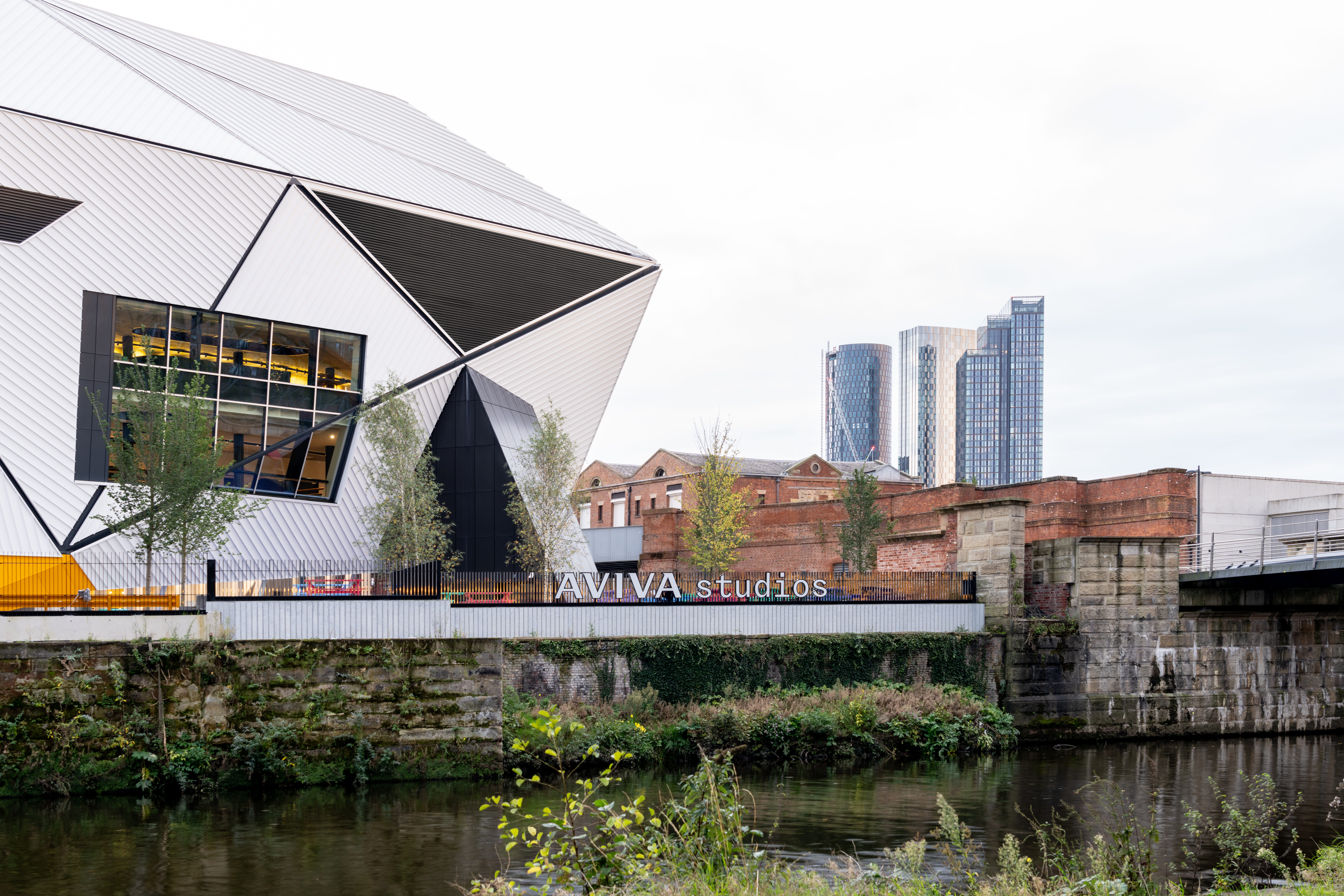EY’s Michel Driessen on engaging stakeholders through sponsorship of the arts

Since 1994, EY has been supporting the arts making the professional services organisation one of the sector’s longest standing corporate sponsors. This has included the sponsorship of ten exhibitions at Tate over a period of nine years, as well as partnerships with other institutions including the V&A. In the first of our three-part series covering sponsorship of the arts, we spoke with EY’s Michel Driessen to lift the lid on how and why EY supports the sector.
On why we do it…
“It’s about giving something back to society. The role of corporate sponsorship is much more important than just financial gains. Corporate sponsorship can boost the UK arts and cultural sector, helping to secure jobs and fund high-quality exhibitions, which, in turn, can also fuel the economy through greater audience attraction and tourism.
It's not only the economy; it's also about cultivating a sense of community and inspiring people. For EY as a company, that is important. People see it as a community; they see it as belonging.
The final reason we partner with organisations across the sector is that it helps us to engage with our clients and build relationships with them. Art is something which we have noticed people can relate to in a different way, and that is for us is also very important.”
On engaging stakeholders…
“It’s about bringing important topics to bear. Most of our sponsored exhibitions have had a different theme. For example, with Van Gogh, who, as a Dutchman, is somebody close to my heart, we were talking about mental health and opening up conversations around this topic. We often use exhibitions to bring important themes to the broader public and to our clients.
We have received tremendous positive responses from our clients because of the way we make that connection between art and these topics. You make connections in different ways by bringing up these themes and not just sponsoring an exhibition of a big name.
Art has also evolved from big blockbusters to connecting with a different type of community. Younger people, people who are not always exposed to art or where art comes from. Through our partnership with the Tate, for example, we have helped them archive and digitalise some of their collection to make it accessible on social media.
In addition to what I will call the big sponsorships, we also have family events. We have opportunities for our own employees to go to the shows, at places like Tate and the V&A, where we hold corporate partnerships.
Finally, art allowed us to connect with and engage our people during the pandemic. We hosted virtual creative sessions with our people, and with the families, we had virtual walls where people could talk about how they felt. All this again helps us engage with people in a very different way, creating a strong sense of belonging. It helps our people connect with our values and not just in an abstract way, and I think that is the same for our clients.”
On philanthropy versus brand building…
“Philanthropy and brand building go hand in hand. For me, the link to our services is a consequence, not our objective. Yes, of course, we are an organisation aimed at financial performance, but we use art to connect with stakeholders and differentiate ourselves globally.
Branding has a lot of different facets; it’s about reputation, recognition, awareness, and connections. If you ask clients, what do you associate with EY beyond the audit and consulting services in a non-tangible way, our support of the arts and cultural sector comes back very quickly. So, while these things are not the primary driver of our sponsorships, they all follow from our partnerships.”
On Technology and art…
“There is no doubt that technology will play a big role in the future of art in the same way as it does within almost every aspect of our lives. Technology is making art more accessible and changing how we engage with and interact with art. It is also bringing in a more diverse audience which I think is a plus for the sector and creates more opportunities for corporate sponsors.
We can offer virtual tools for audiences to view and visualise art through phones and apps. Technology is a great new channel to bring more people to art and provide them with background information and insights they wouldn’t otherwise have.”
On tips and advice…
“To any organisation considering a new art partnership, I would say you need to have a clear plan for the next three, five and even seven years. What is your identity? What do you stand for?
When it comes to corporate sponsorships, it’s easy to get the wrong exposure in today's world through social media, Instagram, Twitter, or whatever. Therefore, it’s vital that your mission and values connect with that of the institution or exhibition you intend to partner with.”
In our next article of the series, BMW's Dr Thomas Girt discusses philanthropy, brand building and the role of corporate art sponsors.









